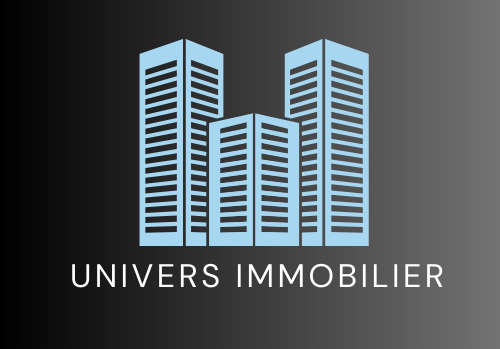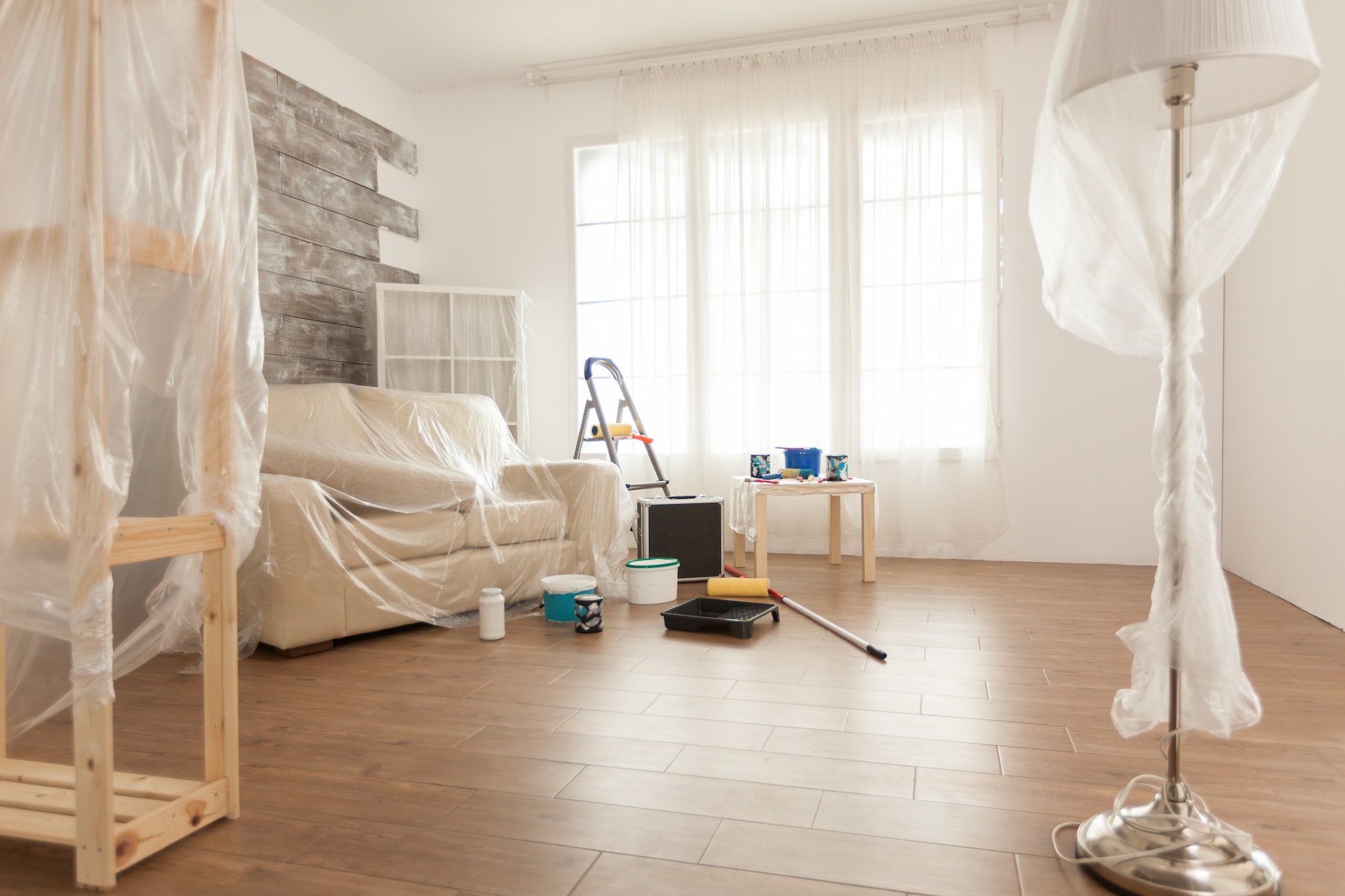In today’s fast-paced business environment, companies are constantly searching for ways to increase productivity and gain a competitive edge. One area often overlooked is the impact of office design on employee productivity. A well-designed office space can significantly influence the well-being, motivation, and efficiency of employees, ultimately affecting the overall success of the organization.
By understanding the relationship between office design and employee productivity, businesses can make informed decisions about their workplace layout, furniture, and environment to promote a healthy and productive workspace. This article will explore the various aspects of office design that influence productivity, including open offices, natural light, air quality, office furniture, and workplace design.
The open office debate
Open offices have become increasingly popular over the past few decades, as companies seek to promote collaboration, communication, and cost savings in their workplace design. However, this trend has sparked a heated debate on the impact of open-plan layouts on employee productivity.
On one hand, proponents of open offices argue that they foster a collaborative environment, allowing employees to engage in impromptu conversations and brainstorming sessions. Additionally, the lack of physical barriers in open spaces can encourage a more egalitarian corporate culture and save on real estate costs.
On the other hand, critics argue that open-plan layouts can lead to increased distractions, lack of privacy, and heightened stress levels, ultimately hindering productivity. Research has shown that noise and visual distractions can significantly impact employees’ ability to concentrate and complete tasks efficiently. Moreover, the lack of personal space can lead to a sense of discomfort and dissatisfaction among workers.
To find the right balance, businesses must carefully evaluate their specific needs and workplace culture, considering factors such as the type of work being performed, employee preferences, and the overall company values. A hybrid approach, combining open spaces for collaboration with private areas for focused work, might be the best solution for many organizations.
The importance of natural light and air quality
The physical environment in which employees work plays a crucial role in their well-being and overall productivity. Two key factors that impact employee health and productivity are natural light and air quality.
Natural light has been proven to have numerous benefits on mental and physical health, such as improving mood, reducing eye strain, and enhancing sleep quality. A well-designed office should maximize the availability of natural light through the use of large windows, skylights, and glass partitions. Moreover, daylight harvesting systems can be implemented to adjust artificial lighting based on the amount of natural light available, promoting a comfortable and energy-efficient workspace.
Air quality is another vital aspect of a healthy office environment. Poor indoor air quality can lead to respiratory issues, headaches, and fatigue, ultimately affecting employees’ ability to concentrate and perform effectively. To ensure good air quality, businesses should invest in proper ventilation systems, air filters, and plants that help to purify the air. Furthermore, using low-VOC (volatile organic compounds) materials and finishes for office furniture and décor can reduce indoor air pollution.
Office furniture and ergonomics
When it comes to employee productivity, the importance of comfortable and ergonomic office furniture cannot be overstated. Employees spend a significant portion of their day sitting at their desks, and inadequate or poorly designed furniture can lead to discomfort, physical strain, and even long-term health issues.
Ergonomic chairs, adjustable desks, and well-designed workstations can make a substantial difference in the comfort and well-being of workers, leading to increased focus and productivity. Furthermore, providing employees with options for movement and adjustable workstations, such as standing desks, can help combat the negative effects of sedentary work.
Investing in ergonomic office furniture might seem like a significant expense, but the long-term benefits in terms of employee health, job satisfaction, and productivity are well worth the investment.
Creating a well-designed, productivity-enhancing workspace
A well-designed office goes beyond aesthetics and considers the needs of its employees, promoting a comfortable and efficient work environment. Some key elements of a productivity-enhancing workspace design include:
- Layout: The office layout should strike a balance between collaborative spaces and private areas, allowing employees to choose the type of environment that best suits their needs. Additionally, incorporating elements such as breakout rooms and quiet zones can provide workers with a variety of options to suit their work preferences.
- Color and materials: Colors and materials can influence the overall atmosphere of the workspace and affect employees’ moods and productivity. Calming colors, such as blues and greens, can have a positive impact on concentration and focus, while brighter colors may inspire creativity and energy.
- Biophilic design: Incorporating natural elements, such as plants, water features, and natural materials, can improve air quality, reduce stress levels, and enhance employees’ sense of well-being.
- Technology integration: A modern, well-equipped office should provide employees with the necessary tools and technologies to perform their tasks efficiently and seamlessly.
In conclusion, understanding the impact of office design on employee productivity is essential for businesses looking to create a successful work environment. By carefully considering factors such as layout, natural light, air quality, ergonomics, and overall workplace design, companies can create a workspace that promotes employee well-being and productivity, ultimately contributing to the organization’s success.





